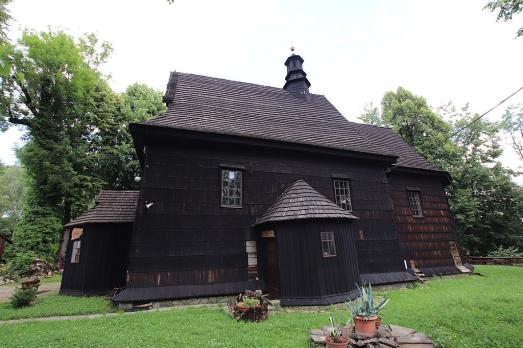
Church of St. Adalbert, Szymbark
Szymbark, PL
The Auxiliary Church of St. Adalbert in Szymbark was built in 1782. It is traditionally said to stand on the spot at which St. Adalbert, heading from Hungary to Poland, said a mass.
Here you can search for a building to visit. You can use the map find destinations, or you can use the filters to search for a building based upon what different criteria.

Szymbark, PL
The Auxiliary Church of St. Adalbert in Szymbark was built in 1782. It is traditionally said to stand on the spot at which St. Adalbert, heading from Hungary to Poland, said a mass.
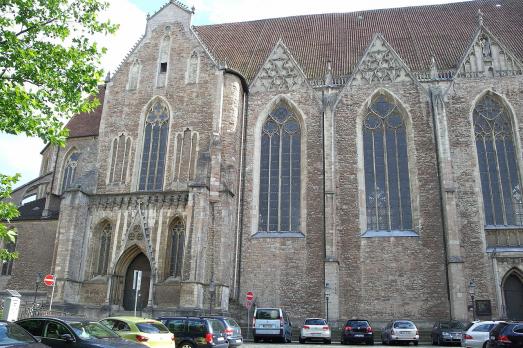
Braunschweig, DE
The church of St. Aegidien was founded in the 12th century as the abbey church of the Aegidien monastery. The original Romanesque church burned down in 1278 and was rebuilt in the French Gothic style. In 1528, the convent was dissolved and the abbey church was used as a Lutheran parish church. In 1717, the church was furnished in the Baroque style. Desecrated at the beginning of the 18th century, it finally found a stable role as an exhibition space from 1902. After the Second World War, the church was given to Catholics.

Krakow, PL
The military church of St. Agnieszka (or Garrison Church) is a Baroque temple built in the 17th century after the Swedish Deluge.
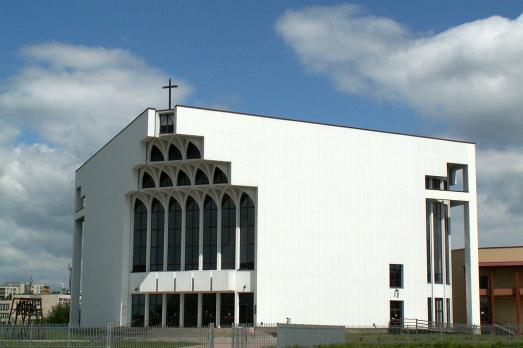
Krakow, PL
The church of St. Albert was designed by architect Witold Cęckiewicz and built between 1986 and 1994.
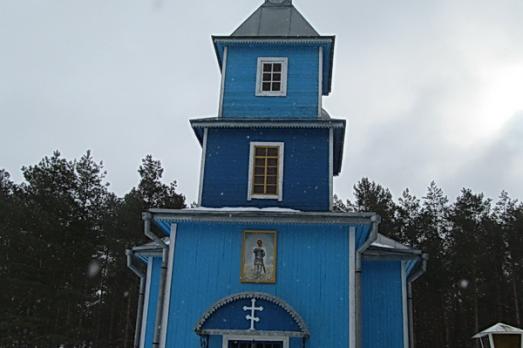
Lyshche, BY
The Church of St. Alexander Nevsky is a wooden Orthodox church first built in 1889. In 1962 the church was destroyed and a new one was built in 1995.
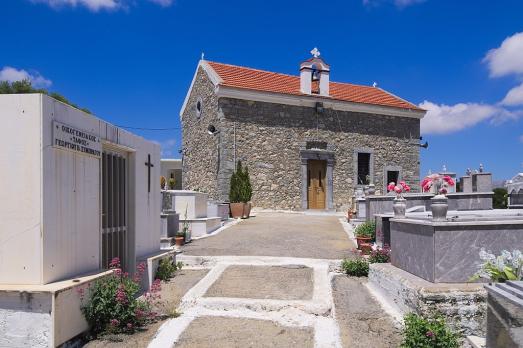
, GR
.
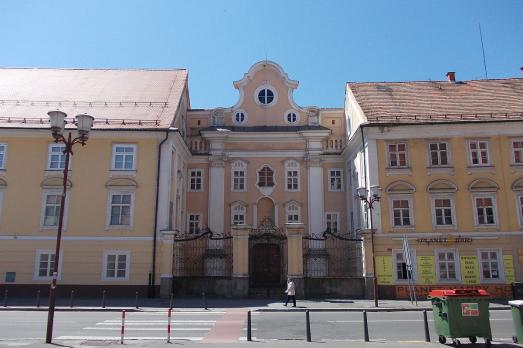
Maribor, SI
The Church of St. Aloysius in Maribor is a baroque church built between 1767 and 1770 by the Jesuit order. The church has the peculiarity of not having a bell tower.
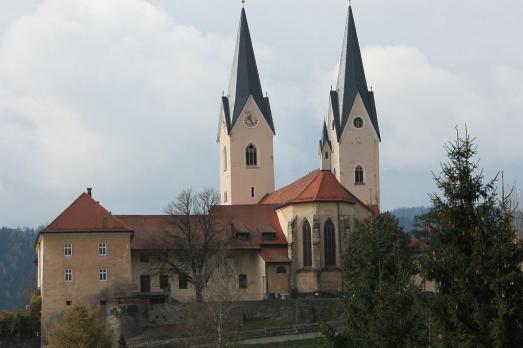
St. Andrä, AT
The present church of St. Andrä im Lavanttal is a Gothic three-nave building from the 14th and 15th centuries. On the outside, the character of the basilica is no longer apparent due to the Baroque additions and changes as well as the walls of the side aisles that were raised in the 19th century and the common gable roof. From 1228 to 1859 it was the cathedral church of the diocese of Lavant.
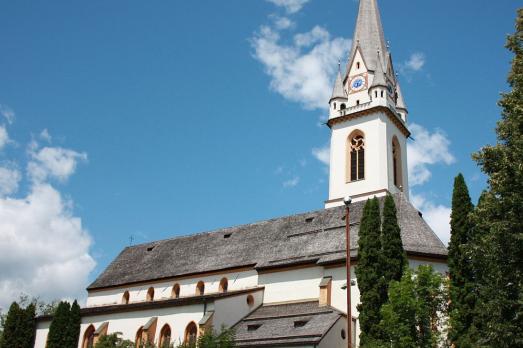
Lienz, AT
The parish church of Lienz already existed in Romanesque form in the 13th century, and in 1430 it was transformed into a Gothic church with three naves. In 1737, lightning destroyed the tower and the roof of the church. The choir was remodelled in the Baroque style. The high altar is the most beautiful baroque altar in East Tyrol. The tower received its present neo-gothic form after the upper part was redesigned in the first decade of the 20th century.
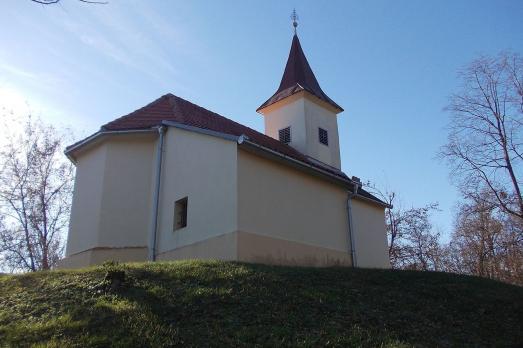
Bizeljsko, SI
The church of St. Andrej was first mentioned in sources in 1545. According to the architectural features, it is probable that the building underwent a complete renovation in the 17th century when a closed polygonal presbytery was added to the old nave, in which a new altar was erected.

new
Nestled amidst the serene landscapes of the Harz region, lies a hidden gem for nature enthusiasts and history buffs alike - the Harz Monastery Hiking Trail. Lace up your hiking boots and embark on this captivating adventure that will transport you back in time.

The Holy Mile (Miglio Sacro) of Naples is a one-mile-long itinerary, through sacred places linked to the city's patron saint, San Gennaro, in the Rione Sanità district. Discover the city from a new perspective with this unique walking tour.

As a university city, cultural offerings abound in Tartu and will reach their peak after being designated one of three European Capitals of Culture for 2024. In this list, we've compiled the most interesting sacred places to visit in and around the old town.